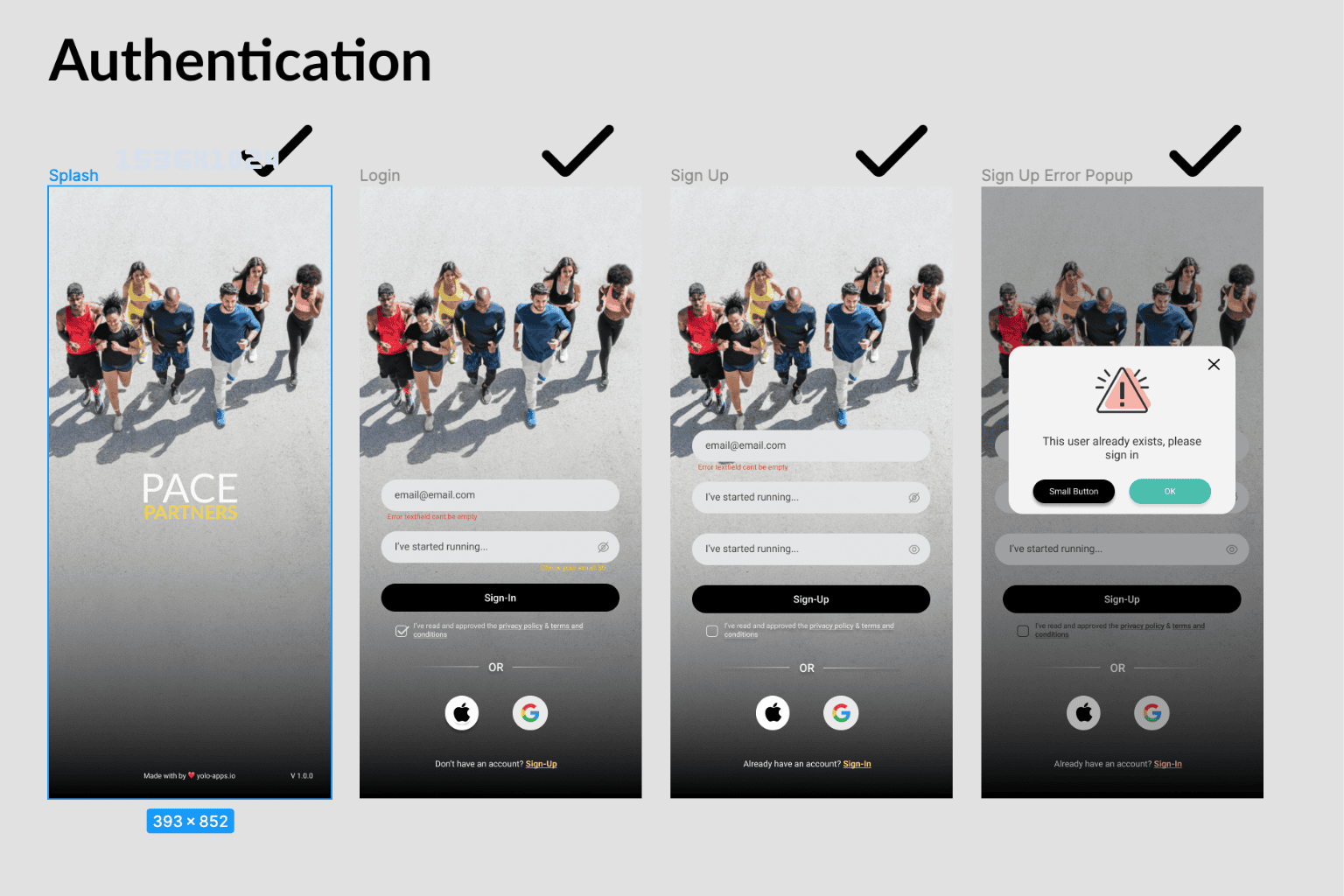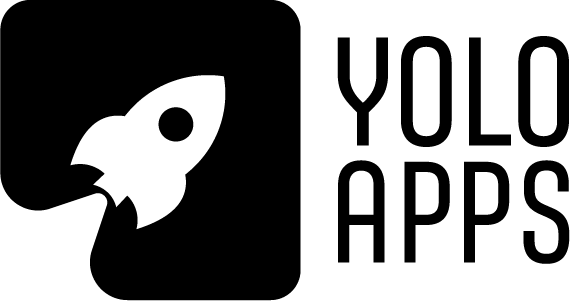Introduction
In the bustling world of app development, terms like Proof of Concept (PoC), Prototype, and Minimum Viable Product (MVP) are often used interchangeably. However, each term represents a distinct stage in the development process with unique goals and implications. This blog post explores the definitions, differences, and some famous use cases of PoC, Prototype, and MVP to help entrepreneurs and developers navigate the complex landscape of building successful digital products.
Definitions and Examples
Proof of Concept (PoC)
A Proof of Concept is a small exercise that tests a specific idea or assumption to verify that it has practical potential. It is not necessarily functional software but rather a theoretical test or a small project that validates an aspect of the proposed functionality.
Example: Imagine a company exploring blockchain to improve the security of its digital transactions. The PoC might involve setting up a basic blockchain environment to demonstrate the feasibility of integrating blockchain with their existing systems.
Prototype
A prototype is a preliminary visualization of a working product. Prototypes are often used to showcase an app’s look, feel, and user interface before it is fully developed. They are more sophisticated than PoCs and provide stakeholders with a tangible experience of how the app might function.
Example: An educational tech startup wants to create an app that helps children learn through interactive stories. The prototype might include a few story modules where users can click through, interact, and receive feedback, showing how the app will work without the full backend system in place.
Minimum Viable Product (MVP)
An MVP is a version of a product with just enough features to satisfy early customers and provide feedback for future product development. An MVP aims to address the core problem it seeks to solve with minimal but sufficient features to entice early adopters.
Example: A ride-sharing app initially launched in a small city with just the basic features of booking a ride and rating the driver. This allows the company to test its concept in a real-world scenario, understand customer behavior, and iterate before scaling up.
Differences in Purpose, Business Logic, and Application
Purpose
- PoC: Validates the feasibility of a specific concept or technology.
- Prototype: Explores how the product feels and works from a user’s perspective.
- MVP: Tests a product hypothesis with minimal resources, gathers insights from an early user base, and learns from actual use rather than conjecture.
Business Logic
- PoC: Focuses on answering the question, “Can we build this?” It helps in decision-making and technology assessment.
- Prototype: Addresses “How will we build this?” It aids in gathering user feedback on design and usability before development.
- MVP: Seeks to understand “Should we build this?” It revolves around market validation and learning what resonates with the target audience.
Application
- PoC: Used internally to confirm the technical feasibility of an idea.
- Prototype: Often used in user testing and to help all stakeholders clearly understand the product’s capabilities.
- MVP: Launched to the market to establish a user base and attract early adopters or potential investors.
Famous Use Cases
PoC
Google Glass: Originally a PoC that integrated augmented reality and wearable technology, It demonstrated the potential of augmented reality glasses and highlighted limitations in battery life and privacy concerns.
Prototype
Apple’s first iPhone: Before becoming the most famous phone in the world, the first iPhone started as a series of prototypes. These helped Steve Jobs and his team define the touch interface and minimal design that would revolutionize smartphone usage.
MVP
Facebook started as “The facebook” initially available only to Harvard students. This MVP was crucial in helping Mark Zuckerberg and his team gather insights and preferences, which guided the scaling of the platform to other universities and eventually globally.

Additional Insights
Importance of Feedback
Each stage of development, from PoC to MVP, leverages different types of feedback. PoC uses technical feedback to validate feasibility, while prototypes gather user experience insights, and MVPs collect market validation data.
Scaling from PoC to MVP
Scaling from a Proof of Concept (PoC) to a Minimum Viable Product (MVP) is a crucial phase in an app’s development lifecycle, marking the transition from theoretical validation to market testing. This process involves several key steps that ensure the idea works technically, meets market needs, and has potential for future growth.
Conclusion
Understanding the differences between PoC, Prototype, and MVP is crucial for app developers and entrepreneurs aiming to convert their visions into successful products. By recognizing the purpose and application of each, teams can save time, optimize resources, and enhance their chances of success in the competitive digital marketplace.

